Home>Gardening & Outdoor>Landscaping Ideas>What Is The Best Grub Control For Lawns
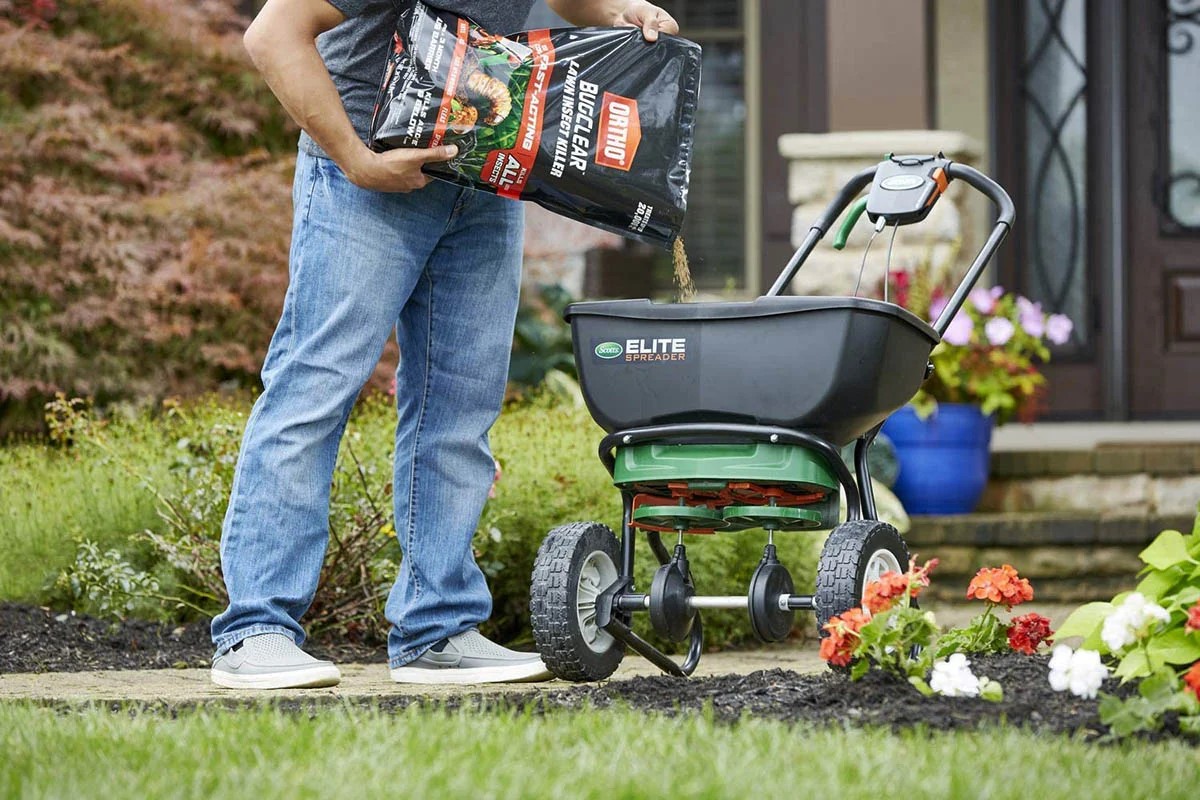

Landscaping Ideas
What Is The Best Grub Control For Lawns
Modified: January 2, 2024
Looking for the best grub control for lawns? Explore effective landscaping ideas and solutions to keep your lawn healthy and pest-free. Discover expert tips and products for maintaining a lush, vibrant lawn.
(Many of the links in this article redirect to a specific reviewed product. Your purchase of these products through affiliate links helps to generate commission for Storables.com, at no extra cost. Learn more)
**
Introduction
**
When it comes to maintaining a lush, vibrant lawn, one of the most formidable adversaries is the grub. These voracious larvae of various beetles, such as Japanese beetles and June bugs, can wreak havoc on a once-thriving lawn, causing unsightly brown patches and weakened turf. Understanding how to identify and effectively control grubs is essential for preserving the health and beauty of your lawn.
In this comprehensive guide, we will delve into the world of grubs, exploring their impact on lawns, methods for identifying grub damage, and the various types of grub control available. Whether you prefer chemical solutions, organic remedies, or integrated pest management strategies, we will equip you with the knowledge to make an informed decision on the best grub control for your lawn.
So, let's embark on a journey to uncover the secrets of combating grubs and reclaiming the splendor of your lawn.
Key Takeaways:
- Grubs, the larvae of beetles, can damage lawns by feeding on grassroots. Identifying signs of damage and choosing the right control method, such as chemicals, organics, or integrated pest management, is crucial for preserving a healthy lawn.
- Homeowners can combat grub infestations by considering efficacy, environmental impact, lawn-specific needs, and long-term health. Consulting professionals and prioritizing sustainable methods empower them to make informed decisions for a thriving lawn.
Read more: When To Grub Control For Lawns
Understanding Grubs
Grubs are the larval stage of certain beetles, including Japanese beetles, June bugs, and European chafers. These C-shaped larvae reside just below the soil surface, where they feed on grassroots, thatch, and organic matter. Their insatiable appetite can quickly lead to significant damage, causing patches of grass to wilt, turn brown, and ultimately die.
Understanding the life cycle of grubs is crucial for effective control. In temperate regions, grubs typically hatch from eggs in late spring or early summer and begin feeding on grassroots. As they grow, their destructive impact on the lawn becomes increasingly apparent. By fall, the mature grubs burrow deeper into the soil to overwinter, emerging as adult beetles the following year to restart the cycle.
It’s important to note that not all grubs are harmful to lawns. Occasional grub presence in the soil is natural and may not warrant control measures. However, when grub populations reach damaging levels, intervention becomes necessary to protect the health and vitality of the turf.
By familiarizing yourself with the behavior and lifecycle of grubs, you can better anticipate and address potential issues before they escalate. In the next section, we will explore the telltale signs of grub damage, enabling you to identify and mitigate the impact of these insidious pests on your lawn.
Identifying Grub Damage
Recognizing the telltale signs of grub damage is crucial for implementing timely and effective control measures. As grubs feed on grassroots, they disrupt the lawn’s ability to absorb water and nutrients, leading to visible symptoms of distress. Understanding these indicators can help you differentiate grub damage from other lawn issues, allowing for targeted treatment.
One of the primary signs of grub infestation is the appearance of brown, wilting patches in the grass. These areas may feel spongy underfoot as the roots are consumed by the voracious larvae. As the damage progresses, affected sections of the lawn may detach easily from the soil, resembling a loose, threadbare carpet.
Another indication of grub activity is an increase in wildlife foraging on the lawn. Animals such as skunks, raccoons, and birds are drawn to the grubs as a readily available food source. Their digging and feeding behavior can further exacerbate the damage, leaving the turf in disarray.
When inspecting the affected areas, you may notice the presence of the grubs themselves. Carefully lift a section of the sod and examine the soil beneath. If the grub population is substantial, you may observe the creamy-white larvae curled in a characteristic C-shape, actively feeding on the grassroots.
It’s important to note that the symptoms of grub damage can resemble those of other lawn stressors, such as drought, compacted soil, or fungal diseases. Therefore, a thorough assessment of the lawn’s condition and a close examination of the soil and grassroots are essential for accurate diagnosis.
By familiarizing yourself with the distinct indicators of grub damage, you can take proactive steps to address the issue and restore the health of your lawn. In the following sections, we will explore the various types of grub control, including chemical and organic methods, as well as integrated pest management strategies, to help you combat these destructive pests effectively.
Types of Grub Control
When it comes to combating grubs and preserving the vitality of your lawn, several types of control methods are available, each with its own advantages and considerations. Whether you opt for chemical treatments, organic solutions, or integrated pest management approaches, understanding the characteristics of each method is crucial for making an informed decision tailored to your lawn’s specific needs.
Let’s explore the different types of grub control:
Chemical Grub Control
Chemical grub control involves the use of synthetic insecticides to target and eliminate grub populations. These products are typically available in granular or liquid formulations and work by disrupting the grubs’ life cycle or directly targeting the larvae. While chemical treatments can provide rapid and effective results, it’s essential to follow the application instructions carefully and consider potential environmental impacts. Additionally, some products may require watering after application to activate the ingredients and ensure proper distribution in the soil.
Read more: When To Apply Grub Control For Lawns
Organic Grub Control
For those seeking environmentally friendly alternatives, organic grub control offers a natural approach to managing grub infestations. Organic products often contain naturally derived ingredients, such as beneficial nematodes or botanical oils, that target grubs while minimizing harm to beneficial organisms and the surrounding ecosystem. These methods are favored for their reduced impact on non-target organisms and the environment, making them a preferred choice for eco-conscious homeowners.
Integrated Pest Management
Integrated pest management (IPM) encompasses a holistic approach to pest control, emphasizing prevention, monitoring, and targeted interventions. By integrating cultural practices, biological controls, and minimal pesticide use, IPM aims to manage pests effectively while minimizing risks to human health and the environment. When applied to grub control, IPM may involve practices such as promoting a healthy soil ecosystem, encouraging natural predators of grubs, and selectively using pesticides only when necessary.
By understanding the different types of grub control methods, you can evaluate the advantages, limitations, and environmental considerations associated with each approach. In the following sections, we will delve deeper into chemical and organic grub control, providing insights to help you choose the best strategy for safeguarding your lawn against these destructive pests.
Chemical Grub Control
Chemical grub control involves the use of synthetic insecticides to target and eliminate grub populations. These products are formulated to disrupt the life cycle of grubs or directly target the larvae, providing a potent and rapid solution to curb their destructive impact on lawns. While chemical treatments can be highly effective, it is essential to approach their use with careful consideration of potential implications and environmental impacts.
One of the primary advantages of chemical grub control is its ability to deliver swift results, effectively reducing grub populations and mitigating the damage they inflict on the turf. These products are available in granular or liquid formulations, allowing for versatile application methods tailored to the specific needs of the lawn and the extent of the infestation.
It’s important to note that the application of chemical grub control products should be carried out in accordance with the instructions provided by the manufacturer. This includes adhering to recommended application rates, timing, and safety precautions to ensure effective control while minimizing potential risks to non-target organisms and the environment.
When considering chemical grub control, it’s crucial to select products that are specifically labeled for grub management and suitable for use on lawns. These formulations are designed to target the larvae while minimizing adverse effects on beneficial insects, soil organisms, and other components of the ecosystem.
Additionally, some chemical grub control products may require watering after application to activate the active ingredients and facilitate their penetration into the soil, where the grubs reside. Adequate irrigation following application is essential to ensure the proper distribution and efficacy of the treatment.
While chemical grub control can offer effective results, it’s important to weigh the potential environmental impacts and consider alternative methods, especially for homeowners with ecological concerns. In the next section, we will explore organic grub control, providing insights into natural and environmentally friendly approaches to managing grub infestations and safeguarding the health of your lawn.
Organic Grub Control
For homeowners seeking natural and environmentally friendly alternatives to manage grub infestations, organic grub control offers a sustainable approach to preserving the health and vitality of lawns. Organic products for grub control are derived from natural sources and are designed to target grubs while minimizing harm to beneficial organisms and the surrounding ecosystem.
One of the primary methods of organic grub control involves the use of beneficial nematodes, microscopic roundworms that parasitize and ultimately kill grubs. These nematodes are applied to the soil, where they seek out and infect the larvae, effectively reducing grub populations without posing risks to non-target organisms or the environment.
Another approach to organic grub control involves the use of botanical oils or plant-derived extracts that exhibit pesticidal properties. These natural compounds can disrupt the development and behavior of grubs, providing an environmentally conscious means of managing infestations while minimizing adverse effects on beneficial insects and the surrounding ecosystem.
Organic grub control products are favored for their reduced impact on non-target organisms and the environment, making them a preferred choice for eco-conscious homeowners and those seeking sustainable lawn care solutions. By harnessing the power of nature, organic methods offer an effective and environmentally responsible approach to combating grub infestations.
When applying organic grub control products, it’s important to follow the instructions provided by the manufacturer to ensure optimal efficacy. This may include considerations such as application timing, environmental conditions, and proper storage of the products to maintain their viability.
By choosing organic grub control, homeowners can effectively manage grub infestations while aligning with sustainable and environmentally conscious practices. In the following section, we will explore integrated pest management (IPM) strategies, which encompass a holistic approach to pest control, emphasizing prevention and targeted interventions while minimizing reliance on conventional pesticides.
Read also: 12 Amazing Grub Control For Lawns For 2024
Integrated Pest Management
Integrated Pest Management (IPM) represents a comprehensive and sustainable approach to pest control, aiming to manage pest populations effectively while minimizing risks to human health and the environment. When applied to grub control, IPM strategies encompass a range of preventive measures, monitoring techniques, and targeted interventions that collectively contribute to the long-term health and resilience of lawns.
One of the fundamental principles of IPM is the emphasis on preventive strategies to reduce the susceptibility of lawns to grub infestations. This may include practices such as promoting proper irrigation and drainage, maintaining healthy soil through aeration and balanced fertilization, and implementing appropriate mowing and thatch management techniques. By fostering a robust and resilient lawn ecosystem, homeowners can mitigate the conditions that favor grub populations and minimize their impact.
Monitoring plays a critical role in IPM, enabling homeowners to assess the presence and severity of grub infestations accurately. Regular inspection of the lawn, particularly in areas prone to grub damage, allows for early detection and intervention, preventing potential escalation of the issue. By closely monitoring the lawn’s condition and actively searching for signs of grub activity, homeowners can implement timely and targeted control measures when necessary.
Biological controls are integral to IPM, leveraging natural predators and organisms to manage pest populations. In the case of grub control, encouraging the presence of beneficial organisms such as birds, predatory insects, and nematodes that prey on grubs can help regulate their numbers and minimize damage to the lawn. By fostering a balanced and diverse ecosystem, homeowners can harness the natural checks and balances that mitigate the impact of grubs.
When considering interventions for grub control within an IPM framework, the selective use of pesticides is approached with caution, prioritizing the least-toxic options and minimizing their broad-spectrum application. By targeting specific areas or using products with minimal impact on non-target organisms, homeowners can effectively manage grub infestations while minimizing risks to beneficial insects and the environment.
By embracing the principles of integrated pest management, homeowners can cultivate healthy, resilient lawns while effectively managing grub populations in an environmentally conscious and sustainable manner. In the next section, we will delve into the process of choosing the best grub control for your lawn, considering factors such as efficacy, environmental impact, and the specific needs of the turf.
Choosing the Best Grub Control for Your Lawn
When selecting the most suitable grub control method for your lawn, several factors should be considered to ensure effective management of grub populations while safeguarding the health of the turf and the surrounding environment. By evaluating the efficacy, environmental impact, and specific needs of the lawn, homeowners can make informed decisions tailored to their unique circumstances.
Efficacy
The effectiveness of a grub control method is a pivotal consideration when choosing the best approach for your lawn. Assessing the severity of the infestation, the targeted grub species, and the desired speed of results can guide the selection of a control method that delivers optimal efficacy. Chemical treatments may offer rapid and targeted control, while organic and IPM strategies provide sustainable, long-term solutions that contribute to the overall health of the lawn ecosystem.
Environmental Impact
Environmental considerations play a significant role in the decision-making process for grub control. Evaluating the potential impact of control methods on non-target organisms, water sources, and the broader ecosystem is essential for minimizing ecological risks. Organic and IPM approaches prioritize sustainability and environmental responsibility, offering conscientious alternatives to conventional chemical treatments that may pose greater environmental concerns.
Read more: When Do Grubs Damage Lawns
Lawn-Specific Needs
Understanding the specific needs of your lawn, including its size, grass species, soil composition, and existing ecosystem, can inform the selection of a grub control method that aligns with the lawn’s unique characteristics. Factors such as irrigation practices, lawn usage, and the presence of beneficial organisms should be considered to tailor the control approach to the lawn’s individual requirements, promoting long-term resilience and health.
Professional Consultation
For homeowners seeking expert guidance in choosing the best grub control for their lawn, consulting with a professional landscaper or pest management specialist can provide valuable insights and recommendations. These professionals can assess the specific conditions of the lawn, recommend tailored control strategies, and offer guidance on application techniques and timing to maximize effectiveness while minimizing potential risks.
Long-Term Lawn Health
Considering the long-term health and resilience of the lawn is integral to the decision-making process for grub control. Opting for sustainable and environmentally responsible control methods, such as organic products and IPM strategies, contributes to the overall well-being of the lawn ecosystem, promoting a balanced and thriving environment that is less susceptible to future pest issues.
By carefully evaluating efficacy, environmental impact, lawn-specific needs, and the long-term health of the turf, homeowners can make informed decisions when choosing the best grub control method for their lawn. In the following section, we will conclude our exploration of grub control, summarizing key considerations and empowering homeowners with the knowledge to effectively manage and protect their lawns from these persistent pests.
Conclusion
As we conclude our exploration of grub control for lawns, it’s evident that understanding the behavior of grubs and implementing effective control measures are essential for preserving the health and beauty of your turf. Grubs, the voracious larvae of various beetles, can inflict significant damage, leading to brown patches and weakened grass if left unchecked. By recognizing the signs of grub damage and selecting the most suitable control method, homeowners can effectively manage infestations while promoting the long-term resilience of their lawns.
Chemical grub control, offering rapid and targeted results, is a viable option for addressing severe infestations. However, it’s crucial to apply these products responsibly, following manufacturer instructions and considering potential environmental impacts. Organic grub control, harnessing the power of natural solutions such as beneficial nematodes and botanical extracts, provides environmentally friendly alternatives that prioritize sustainability and ecosystem health.
Integrated Pest Management (IPM) offers a holistic approach to grub control, emphasizing prevention, monitoring, and the selective use of interventions to manage pest populations while minimizing ecological risks. By integrating cultural practices, biological controls, and minimal pesticide use, homeowners can cultivate healthy, resilient lawns that are less susceptible to grub infestations.
When choosing the best grub control for your lawn, factors such as efficacy, environmental impact, lawn-specific needs, and long-term health should be carefully considered. Consulting with professionals and prioritizing sustainable, environmentally responsible methods can empower homeowners to make informed decisions tailored to their unique lawn conditions.
Ultimately, the successful management of grub infestations contributes to the overall well-being of lawns, fostering lush, vibrant turf that enhances the beauty of outdoor spaces. By leveraging the knowledge and insights gained from this guide, homeowners can confidently combat grubs and reclaim the splendor of their lawns, ensuring a thriving and resilient landscape for years to come.
Frequently Asked Questions about What Is The Best Grub Control For Lawns
Was this page helpful?
At Storables.com, we guarantee accurate and reliable information. Our content, validated by Expert Board Contributors, is crafted following stringent Editorial Policies. We're committed to providing you with well-researched, expert-backed insights for all your informational needs.
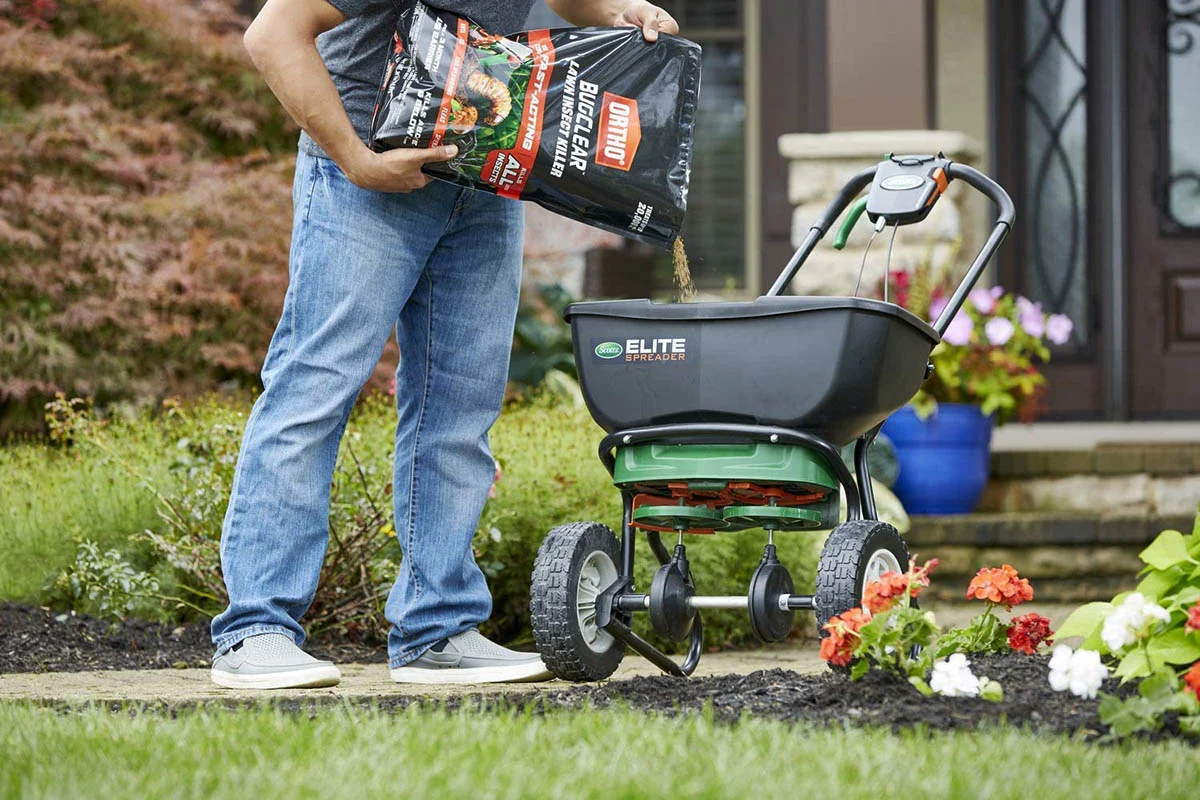
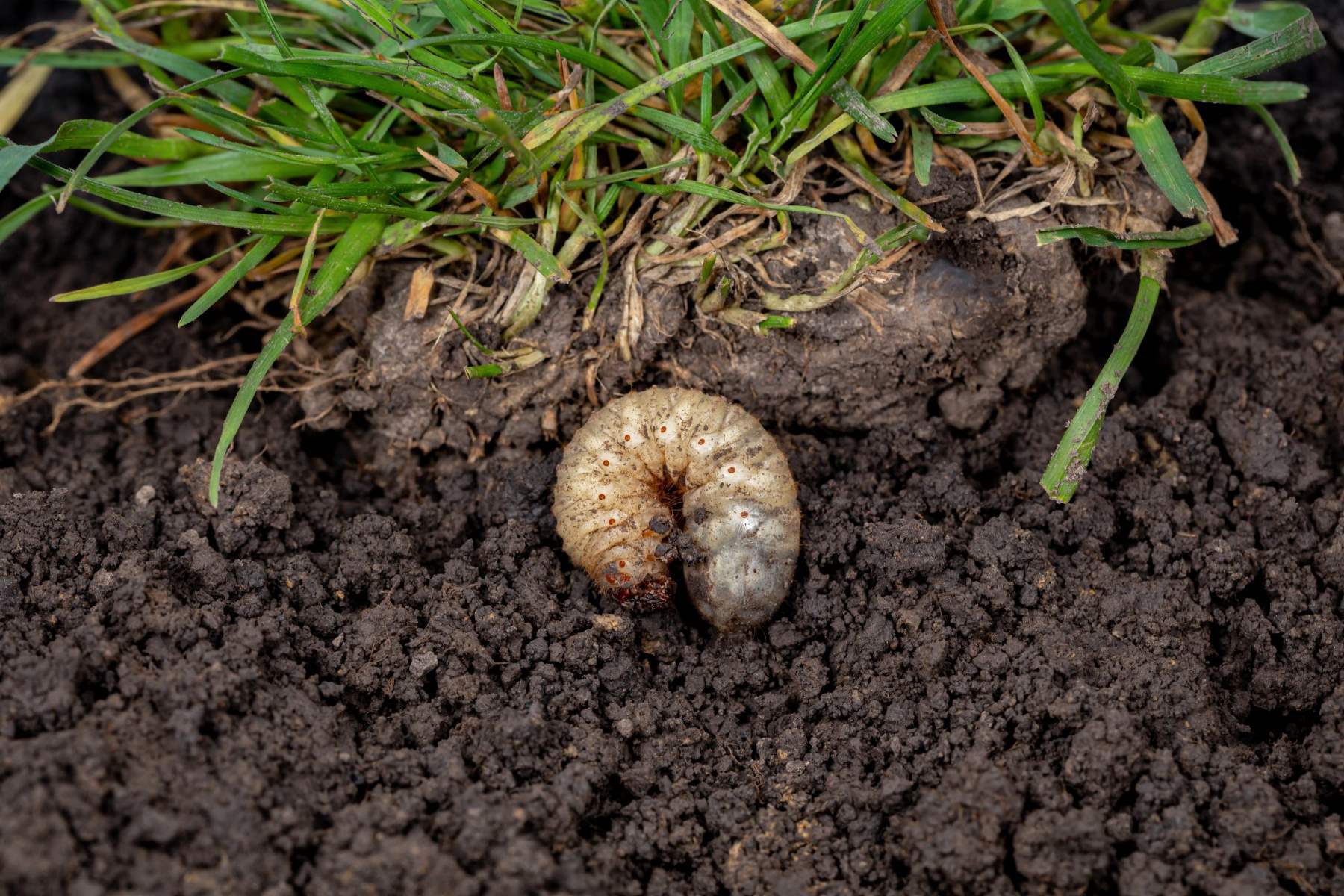
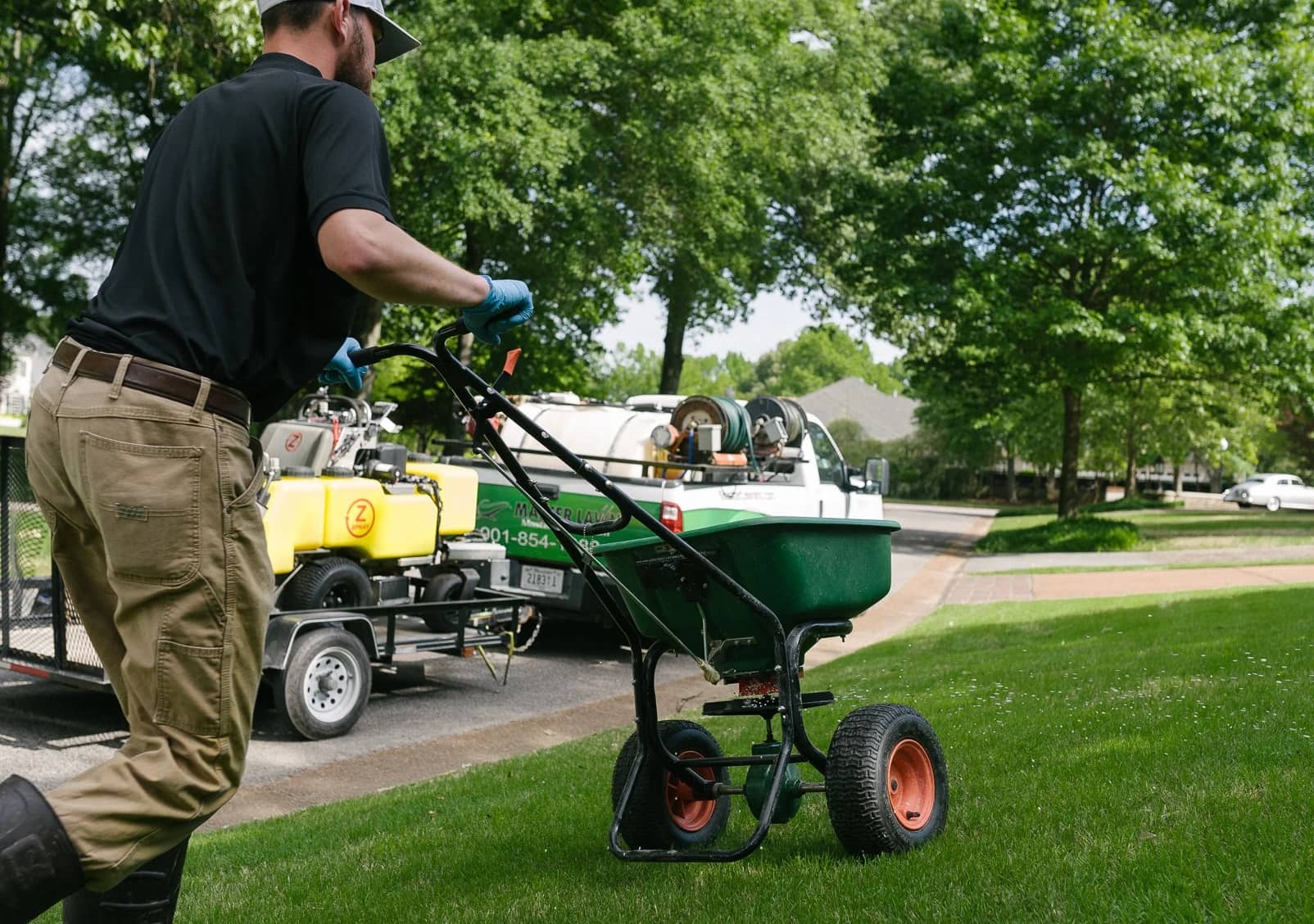
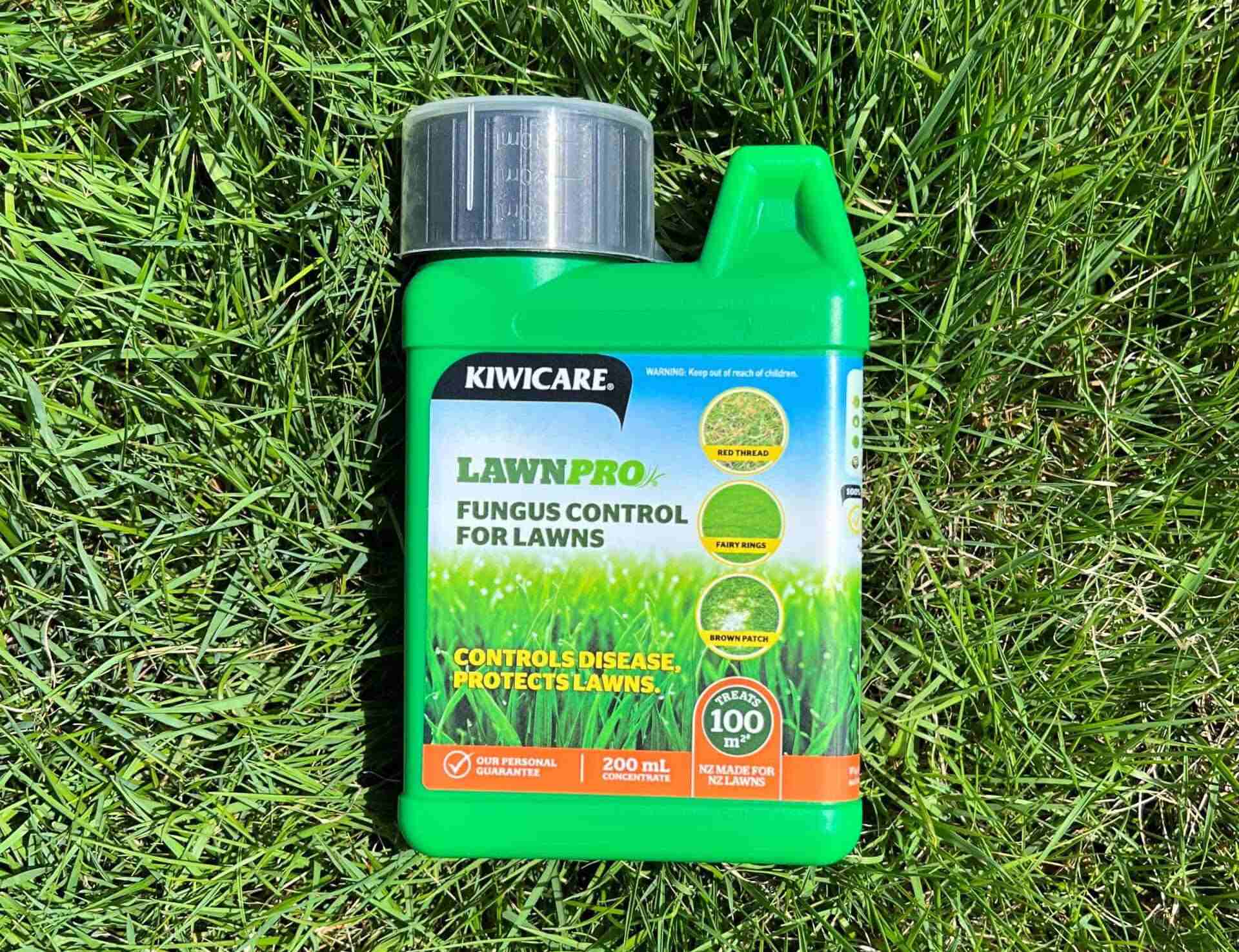
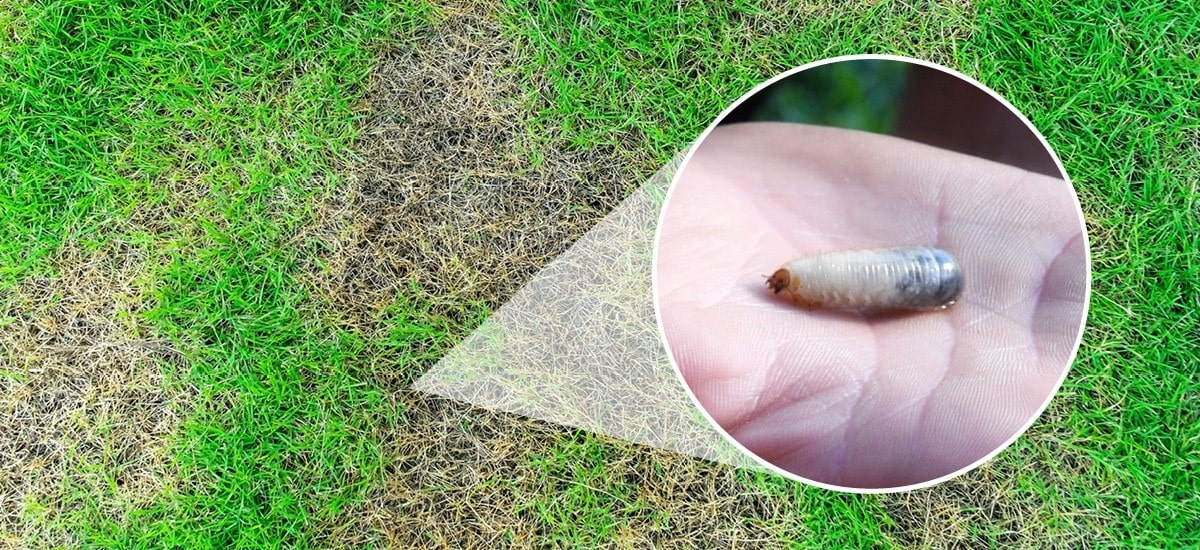
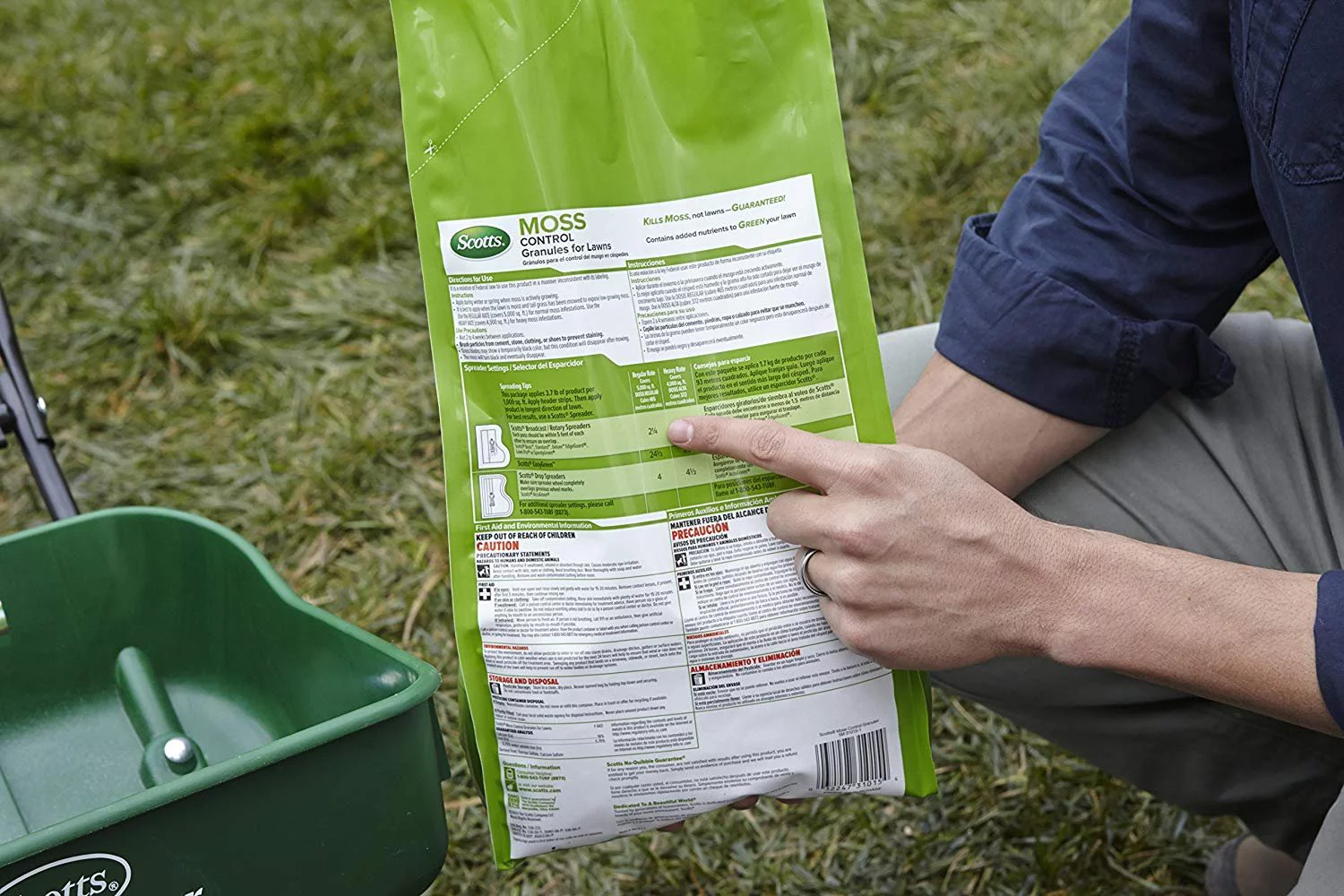
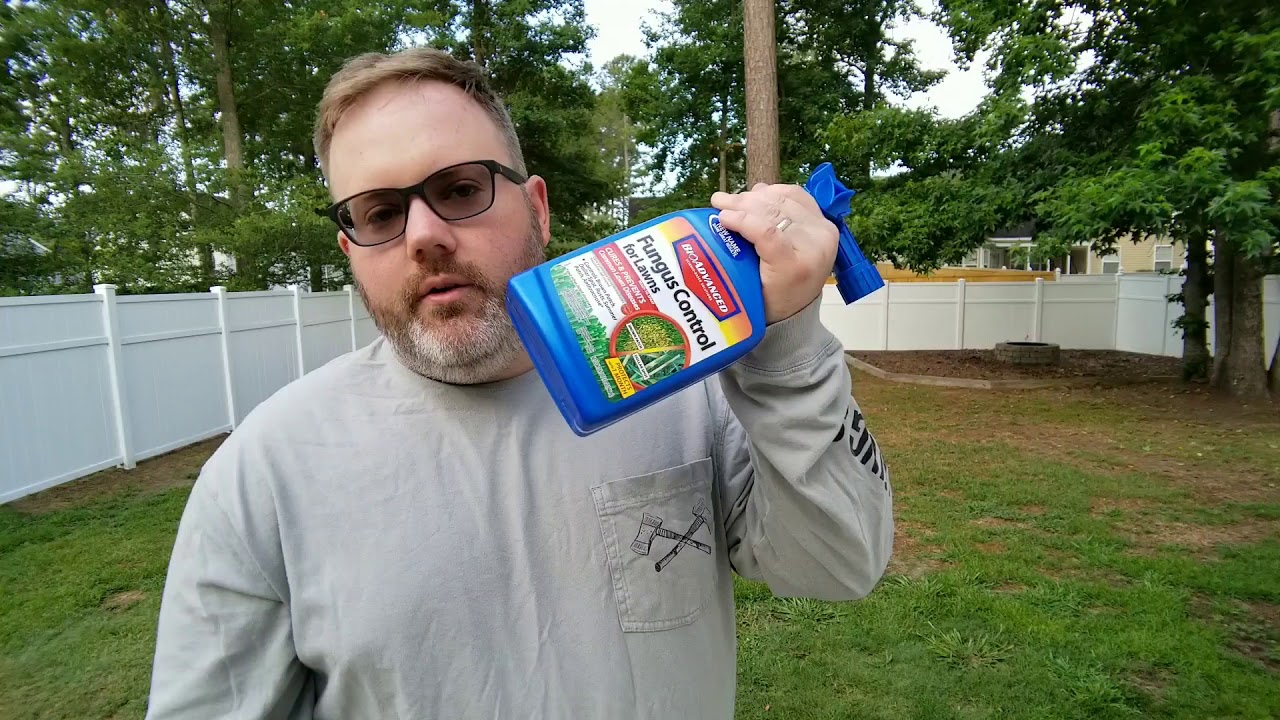
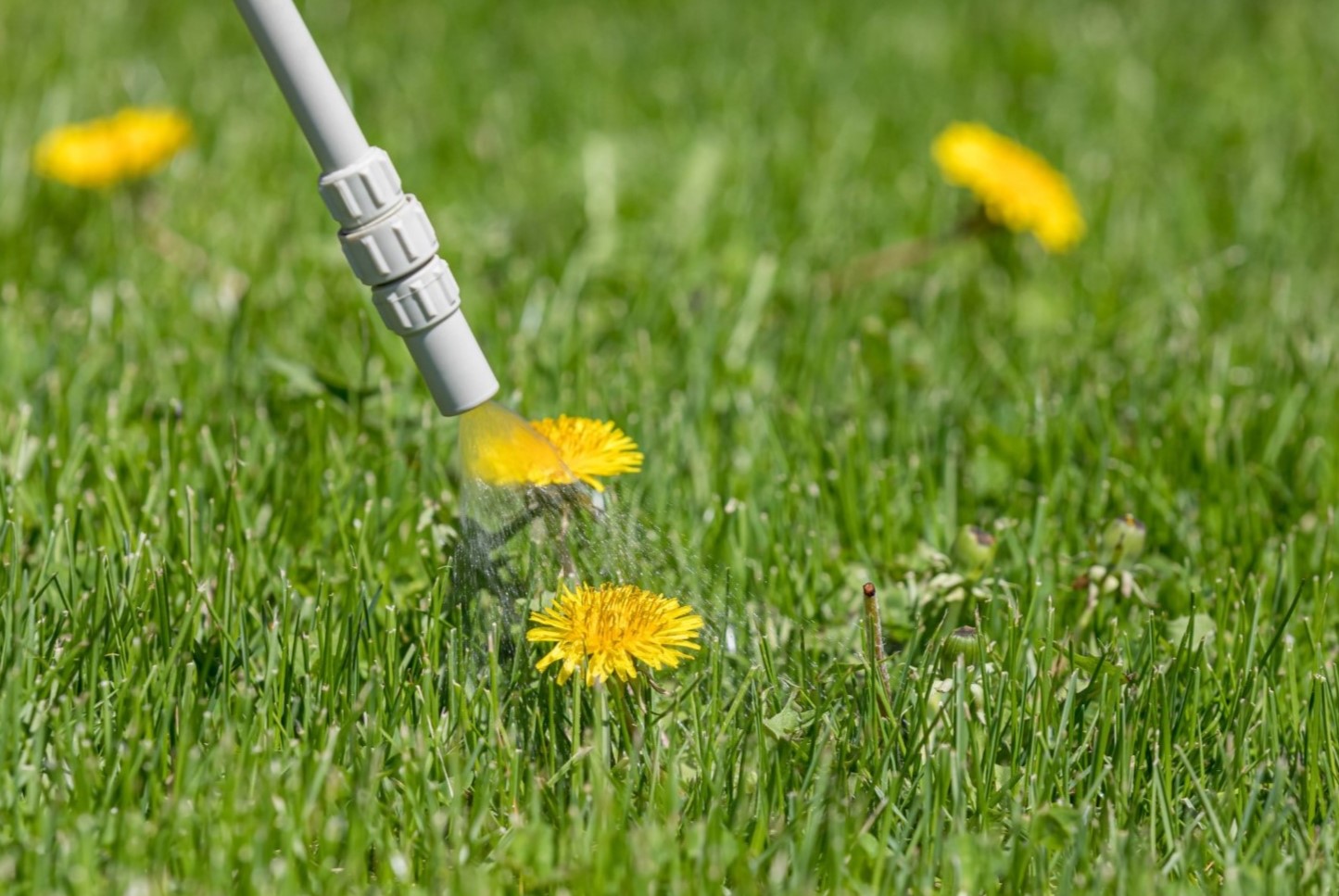
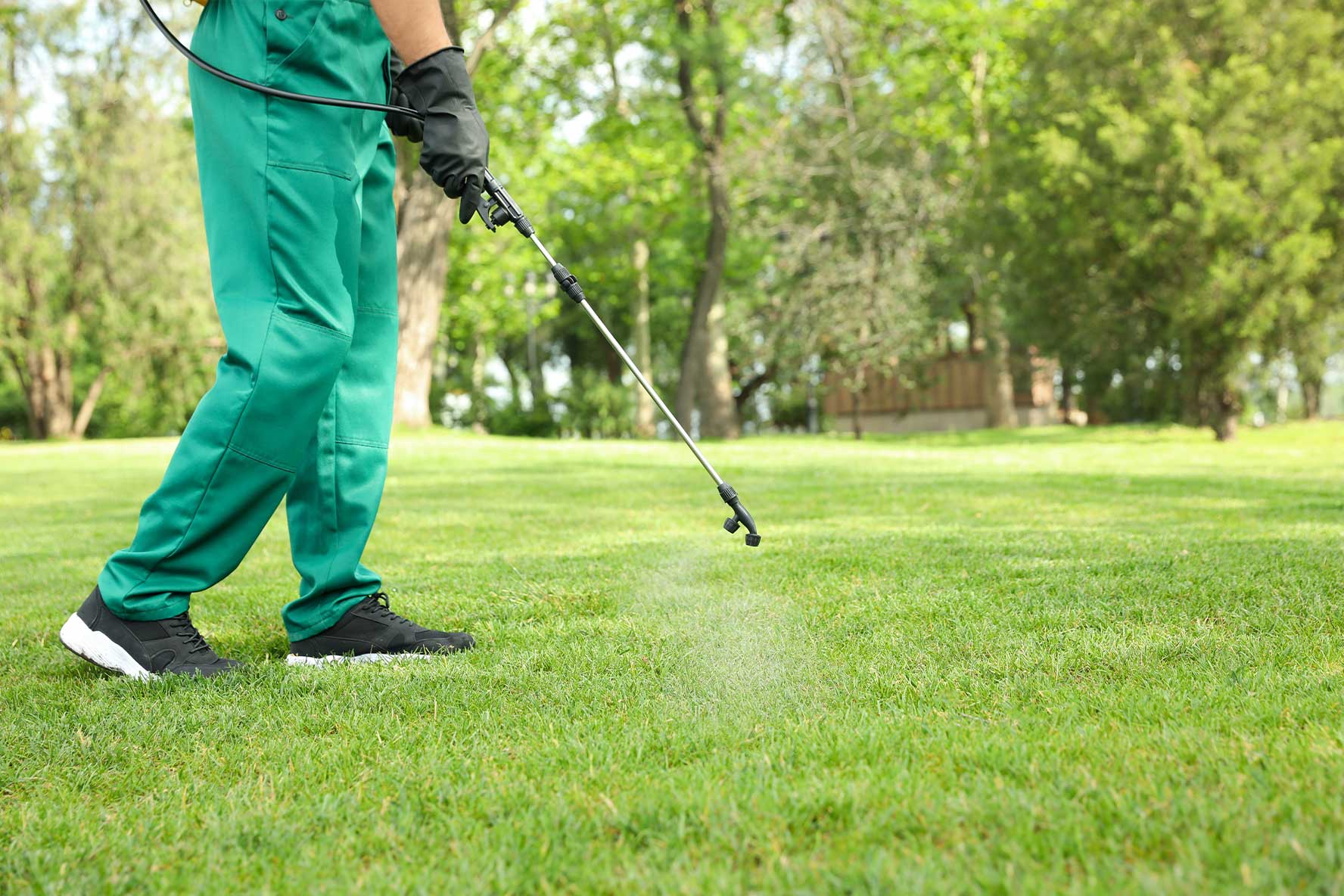
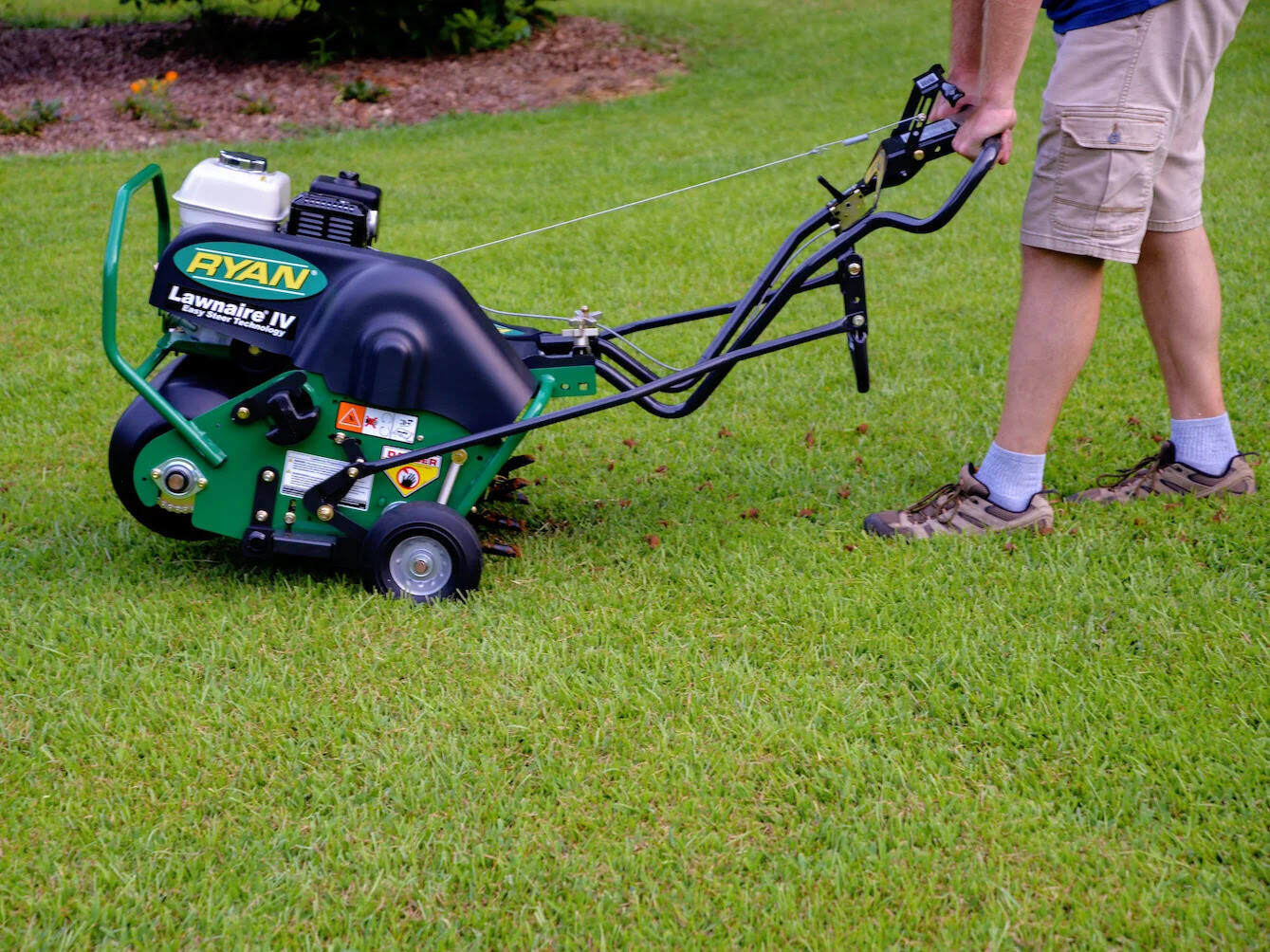
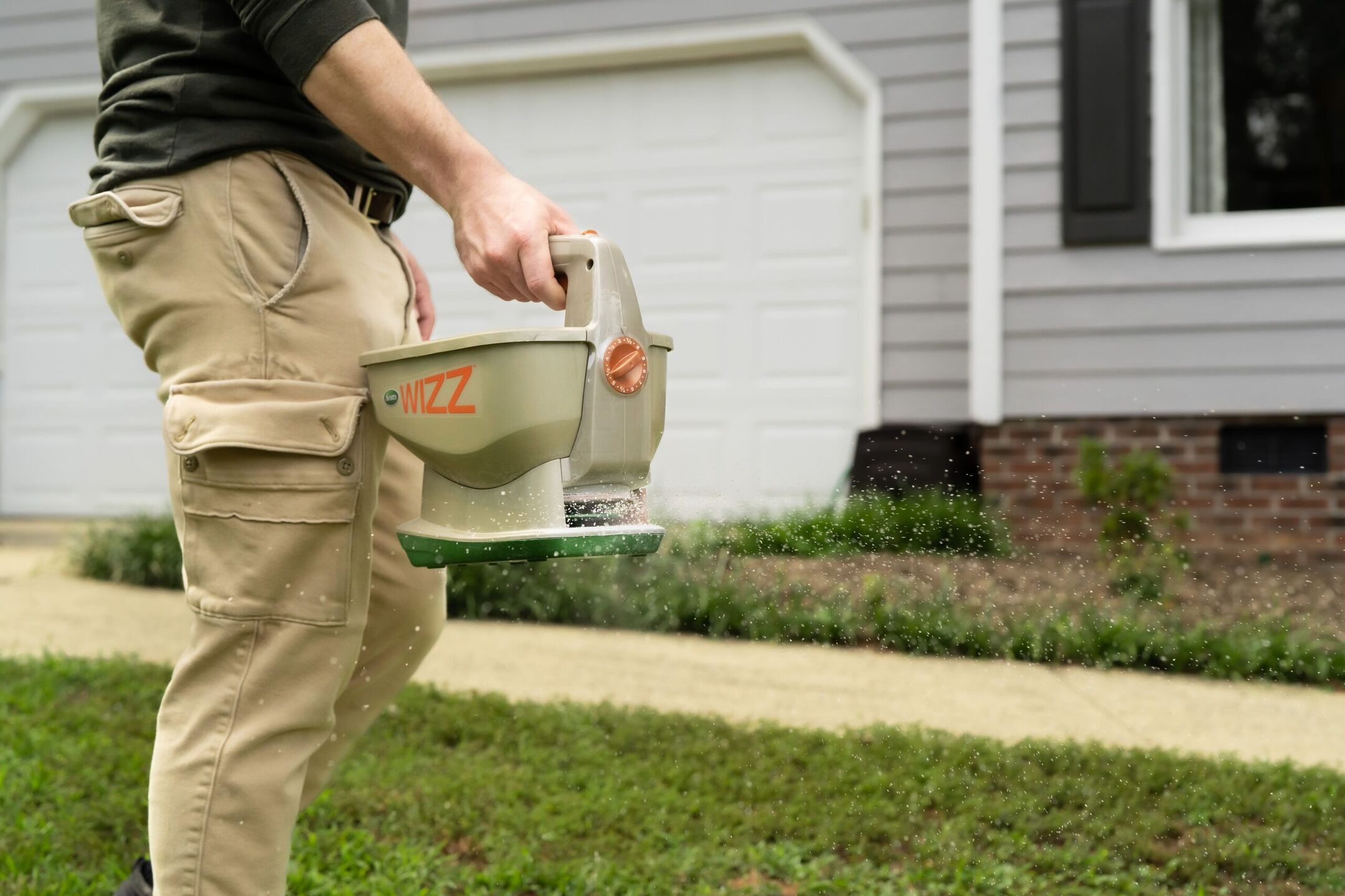
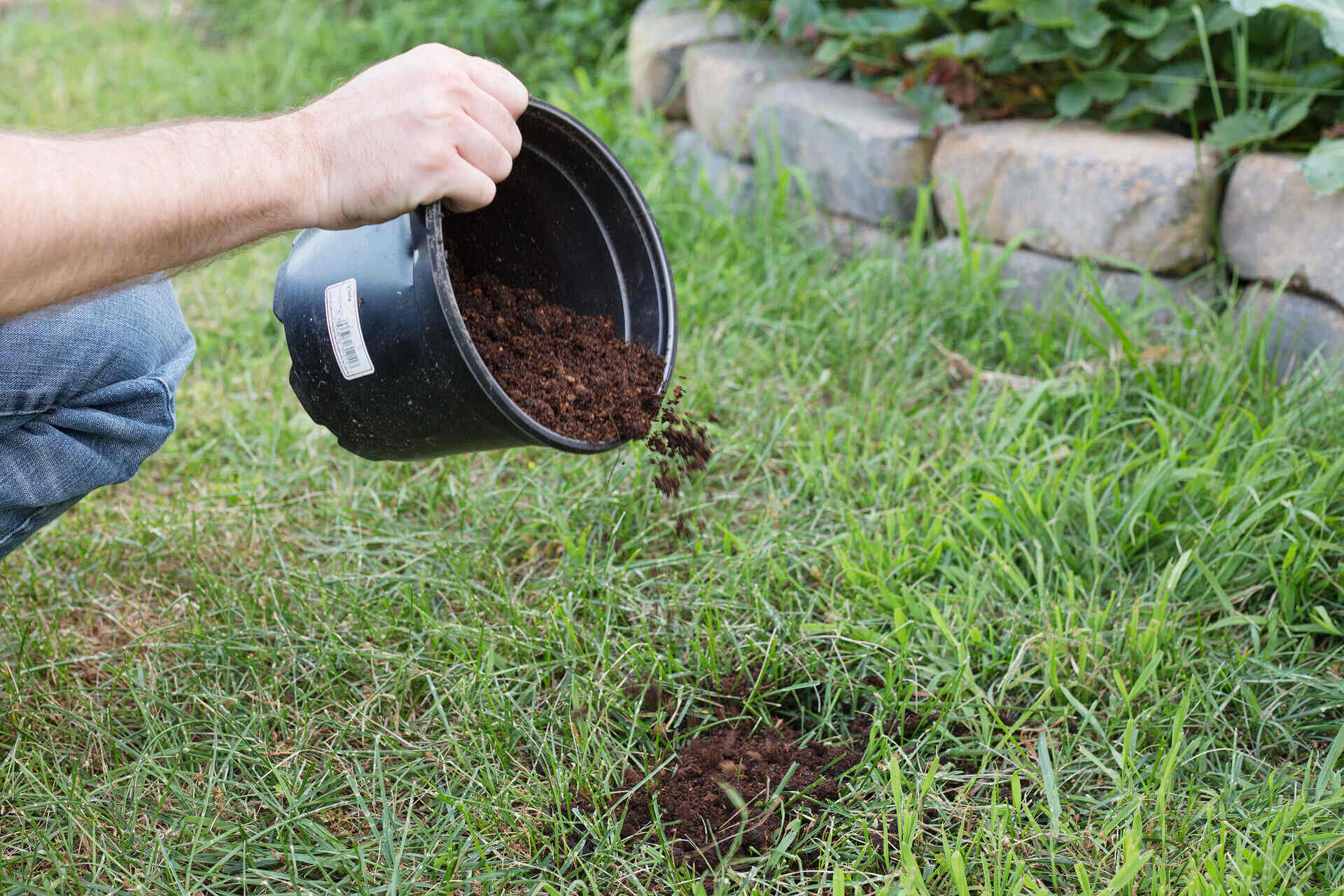

0 thoughts on “What Is The Best Grub Control For Lawns”